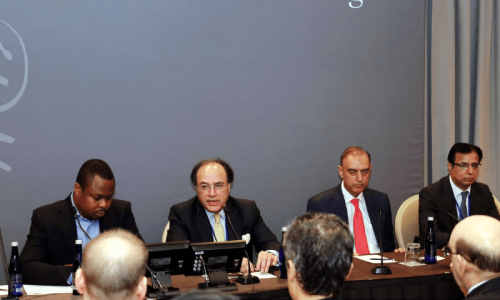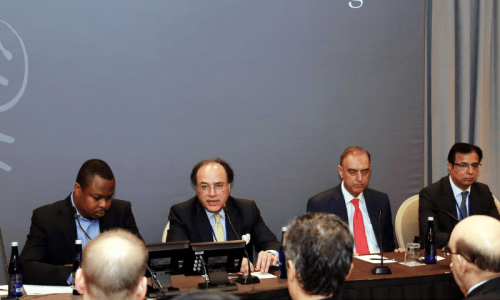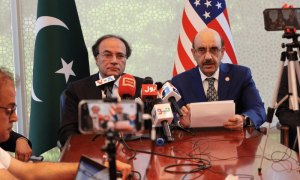ISLAMABAD: Against Sindh’s demand for water distribution under para-2 of the 1991 Water Apportionment Accord, the Indus River System Authority (Irsa) has decided to continue with a three-tier formula for water distribution among the provinces to absorb water shortages in the ongoing Kharif season.
The Irsa Advisory Committee (IAC) has also agreed to calculate water shares for provinces during the current season based on 28pc and 15pc shortages in early and late Kharif respectively in the Indus zone. Likewise, the shortage estimates for the Jhelum-Chashma zone would be adopted as 10pc in early Kharif and no shortage in the later part of the season.
Based on these parameters, the IAC has approved overall likely Anticipated Water Availability at rim stations including the eastern rivers component of Kharif 2022 at 109.27 million acre-feet (MAF) including 28.30MAF in early Kharif and 80.98MAF.
Adopts three-tier formula to absorb shortages in Kharif
Informed sources said the IAC led by Irsa chairman and member Sindh Zahid Juneju also has recorded in the record of the meeting that the provincial irrigation department regretted the incident of stoppage of the irrigation inspector who was proceeding to observe flow data by local staff of Guddu barrage and agreed to investigate the matter and take action as per the report and according to efficiency and disciplinary (E&D) rules.
Under the 1991 water accord, the apportionment of water was made under para 2 of the agreement that fixed provincial shares. However, because of the shortages, this para is not currently in application for more than a decade as Irsa with the involvement of federal and provincial governments put in place in 2002 a cascading water distribution shares among provinces in the light of shortages. The three-tier formula is now a combination of para-2, para-14(a) and historical uses of 19977-1982.
Para 14(b) required that “ten daily uses would be adjusted pro rata to correspond to the indicated seasonal allocations of the different canal systems and would form the basis for sharing shortages and surpluses on all Pakistan basis”. Under the three-tier formula, however, the small provinces Balochistan and Khyber Pakhtunkhwa are exempt from the application of shortage which is then shared by Sindh and Punjab. Sindh, however, faces a larger shortage because of the 3-tier formula.
Published in Dawn, April 8th, 2022














































Dear visitor, the comments section is undergoing an overhaul and will return soon.